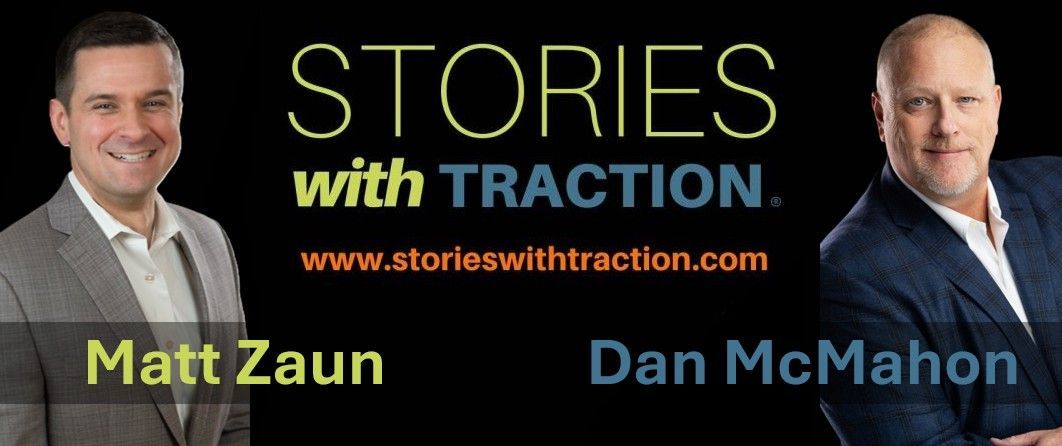AICPA’s 5 Pillars for “Transforming” Your Business Model Here's where small and mid-sized CPA Firms get stuck

Key Takeaway
The AICPA has started an important conversation. But for small to mid-sized firms, transformation doesn’t just happen by knowing the five pillars — it evolves by taking action to align the pillars through an effectively designed and operating governance infrastructure that deploys periodic strategic planning iterations and that adheres to cultural clarity.
The July issue of Journal of Accountancy (JoA) offered an important reminder that the profession is undergoing a transformation due to staffing shortages, technology advances, and the influx of private equity investment.
It also highlighted the need for stronger firms to address the ever-changing industry landscape. As detailed in the lead story: Transform your business model, the AICPA Private Companies Practice Section has developed a roadmap for CPA practice modernization. According to the article, there are “five pillars” for transforming the CPA firm business model:
1. Strategy.
2. Governance.
3. Service Offerings.
4. Technology.
5. Culture and Talent.
It’s a solid framework, especially as firms rethink how they create long-term value for clients, staff, and successors. Applying a buzzword like “transformation” to our profession is on point and is probably scary for many CPAs. Therefore, I think this outlook needs some added clarification. In my view, the transformation requires reshaping a firm to be more valuable, more sustainable, and more transferable. What is necessary, as the JoA article alludes to, building a better business altogether beyond viewing the firm as a practice.
Our firm’s advisory work guides firms on all of the five pillars and focuses heavily on three: Strategy, Governance, and Culture & Talent. We also work closely with firms to help them reimagine their service offerings by helping them expand beyond traditional compliance work toward advisory services. This shift is not theoretical. It’s operational, and for most smaller to mid-sized firms, it’s a real challenge going from a historical perspective (compliance) to a forward-looking perspective (advisory).
The challenge is greater for firms built on the partnership model. It’s an easier transition for firms that have proactively adopted a corporate model.
Here are four reasons why transformation is difficult for many small to mid-sized CPA firms:
1. Governance is often mistaken for bureaucracy, with decisions being made via partner conversations rather than through defined structures. This is less of an issue with firms that have adopted a corporate model.
2. Culture is treated as a feeling instead of as a system. Without communication protocols, accountability mechanisms, and behavioral clarity in place, the way it feels to work at such a firm is inconsistent and frustrating.
3. Strategy is not a priority for many smaller firms which are often reactive and backward-looking. CPAs are trained to analyze the past, not to design the future and see around the corners. This short-sighted mindset seems especially prevalent at smaller firms, which are consumed with just getting the work done. They don’t feel they have the luxury of thinking about the big picture.
4. Advisory services may be discussed at smaller firms, but they’re rarely implemented as a scalable, repeatable, and consistently priced offering. At these firms, compliance work is still the top priority and checklist-minded accountants are reluctant to provide services characterized by ”outside the box” thinking.
As a CPA, I’m proud of our profession’s commitment to technical excellence and strong ethics. We document, we reconcile, and we validate the past activities of our clients. We’re very good at operating in hindsight, but that mindset can also hold us back from strategic thinking and from being agile in a changing market environment. The shift our profession is being asked to make is not cosmetic — it’s foundational. Becoming a modern accounting firm requires new systems, new models, new ways of thinking, and new leadership behaviors.
Our firm advocates for strong governance infrastructure at firms — not as a form of control, but as a driver of clarity around three critical areas that impact daily operations:
1. Roles & Responsibilities — what gets done, by whom, and when.
2. Policies & Procedures that prevent the firm from having to “reinvent the wheel” every year.
3. Metrics & Goals that drive performance and accountability across the entire team.
Once that clarity has been established, we build strategy through the business structure of the firm, breaking the organization into five manageable parts:
1. Owner Initiatives – succession, personal financial goals, and exit readiness.
2. Sales & Marketing – positioning and new business development.
3. People, HR, and Personnel Development – recruiting, training, and team alignment.
4. Business Administration – systems, financial controls, and internal reporting.
5. Client Service Delivery – offering the right services consistently and with a high level of quality.
We don’t see culture as a series of inspirational posters on the wall. We define it by what’s rewarded and by what’s tolerated. We allow the firm’s values to define the guardrails that guide how employees and partners interact on a day-to-day basis.
If you want to protect and grow your firm’s culture, you need governance systems that support it. You need leadership that will do its job to ensure that the firm is functioning systematically. This is no easy task and it must be constantly reviewed and updated.
When it comes to governance, you cannot simply set it and forget it. When it comes to service offerings, the future of our profession depends on being able to deliver proactive advisory services — not just compliance work.
Many firms talk about this vision, but few have built the pricing structure, staffing, and delivery models to make it real. Fewer still have staff that are comfortable operating from a blank whiteboard.
The AICPA has started an important conversation. But for small to mid-sized firms, transformation doesn’t just happen by knowing the five pillars — it evolves by taking action to align the pillars through an effectively designed and operating governance infrastructure that deploys periodic strategic planning iterations and that adheres to cultural clarity.
That’s the shift we’re helping independently operated firms make. It’s not easy and we agree wholeheartedly with the AICPA that this transition is necessary if our profession hopes to survive and thrive. The upside of maintaining an independently owned and operated firm is worth it to partnerships that wish to avoid being assimilated into a culture they cannot control and where the profits inure to a corporate entity.
As Charles Darwin said: “It is not the strongest or the most intelligent that survive, but those that can best manage change.” Even back in Darwin’s time, before there was a CPA profession and professional society, he realized the importance of adaptability and the willingness to embrace change.
Will your firm look back on this transformational period of change fondly, or will you be one of its victims? The ball is in your court.











